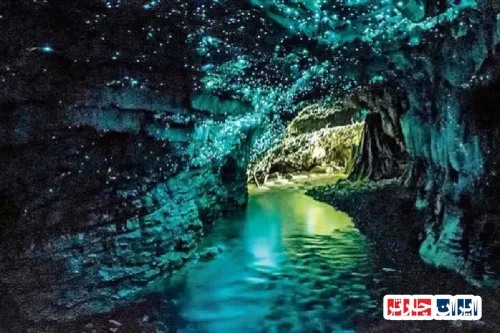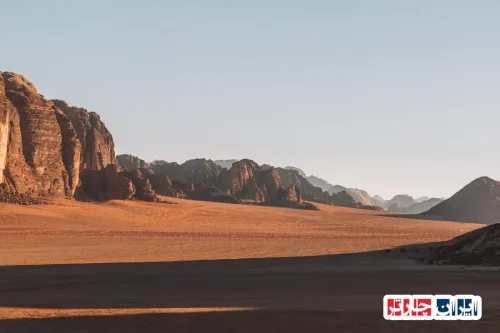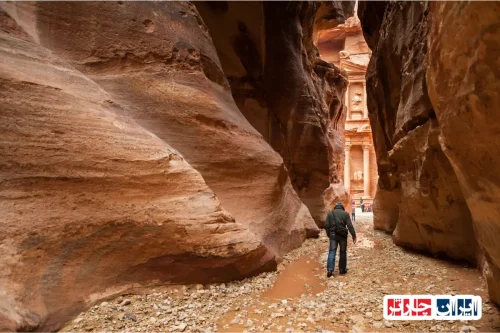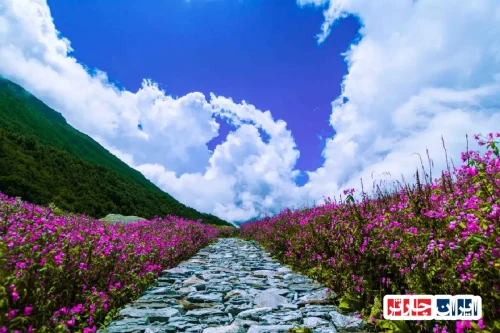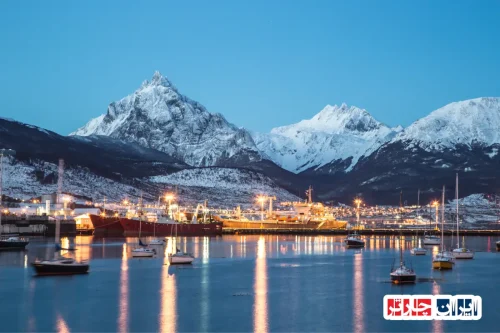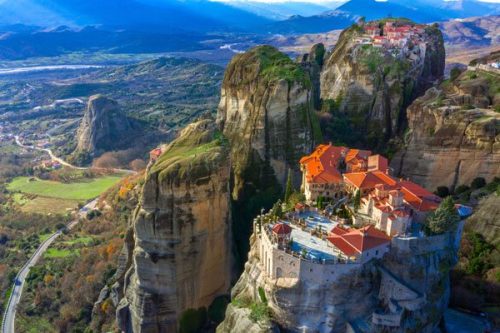Discover the Wonders of Ngorongoro Conservation Area in the Ngorongoro District Tanzania
Ngorongoro Conservation Area in the Ngorongoro District Tanzania stands as one of Africa’s most remarkable natural and archaeological treasures. This vast protected region, renowned for its breathtaking landscapes and rich biodiversity, offers an unparalleled experience for travelers seeking to explore the heart of Tanzania’s wilderness. The area encompasses the world-famous Ngorongoro Crater, a massive volcanic caldera that hosts a diverse array of wildlife, including rare species such as the black rhinoceros and the elusive leopard. Visitors to this region can witness the incredible migration patterns of wildebeest and zebras, which traverse the plains during seasonal movements, creating a spectacle of nature’s grandeur. The conservation efforts in this area have preserved not only the stunning scenery but also invaluable archaeological sites that reveal the history of early human ancestors. The Maasai communities living within the conservation area contribute to its cultural richness, maintaining age-old traditions that harmonize with the environment. For those interested in eco-tourism and wildlife photography, Ngorongoro Conservation Area in the Ngorongoro District Tanzania offers an unforgettable journey into the wild heart of Africa. To learn more about this extraordinary destination, visit Ngorongoro Conservation Area-Iran Charter. Experience the unique blend of natural beauty, historical significance, and vibrant culture that makes this region a must-visit in Tanzania.
Discover the Rich History and Formation of Ngorongoro Conservation Area in Tanzania
The Ngorongoro Conservation Area in Tanzania boasts a history spanning millions of years, making it one of Africa’s most ancient and significant protected regions. Originally established as a natural sanctuary to preserve biodiversity and cultural heritage, it has evolved through continuous conservation efforts. Over decades, dedicated initiatives to safeguard wildlife and archaeological sites led to its recognition as a UNESCO World Heritage Site. The area’s origins trace back to early human history, where primitive humans coexisted with diverse fauna, leaving behind footprints and artifacts that tell stories of our ancestors. These historical remnants highlight the importance of Ngorongoro as a cradle of human evolution and a repository of ancient cultural expressions. Scientific research and environmental protection programs have further cemented its status as a natural and cultural marvel, attracting global attention and legal protections to ensure its preservation for future generations.
The Natural Wonders of Ngorongoro: Geological and Geographical Highlights
The Ngorongoro Crater, the world’s largest inactive volcanic caldera, covers an area of over 260 square kilometers and plunges more than 600 meters deep. Its unique geological formation offers a stunning landscape that supports a diverse array of flora and fauna. Encircling the crater are lush savannahs, acacia woodlands, and freshwater lakes, each serving as vital habitats for numerous species. The region’s volcanic activity has shaped its terrain, with active and dormant volcanoes adding to its geological significance. These features make Ngorongoro a prime location for geological and ecological studies, drawing scientists and tourists alike. The area’s varied topography and natural formations contribute to its reputation as one of Africa’s most scenic and biologically rich landscapes, offering breathtaking views and unparalleled wildlife viewing opportunities.
Indigenous Cultures and Their Role in Protecting Ngorongoro’s Ecosystem
Traditional Guardianship of Maasai Communities
The Maasai people, indigenous to the Ngorongoro region, have played a crucial role in conserving the area’s natural environment. Their pastoral lifestyle, deeply rooted in respect for nature, aligns with sustainable practices that have maintained the balance of local ecosystems for generations. Maasai communities actively participate in conservation programs, blending traditional knowledge with modern initiatives to protect wildlife and natural resources. Their cultural values emphasize coexistence with nature, fostering a sense of stewardship that benefits both their community and the environment.
Collaborative Conservation and Comunity Engagement
Recent years have seen increased collaboration between local Maasai tribes and conservation authorities, promoting community-based tourism and sustainable resource management. These partnerships aim to generate economic benefits while ensuring the preservation of cultural heritage and biodiversity. Initiatives include eco-tourism projects, cultural tours, and wildlife monitoring programs that empower local residents and foster a shared responsibility for conservation efforts.
Impact of Cultural Values on Conservation Practices
The Maasai’s deep cultural connection to the land and wildlife encourages respectful interaction and conservation-minded behaviors. Their traditional rituals and beliefs often serve as natural conservation tools, reinforcing the importance of protecting Ngorongoro’s unique ecosystems for future generations. This cultural influence underscores the importance of integrating indigenous knowledge into broader conservation strategies to achieve sustainable management of the area.
Ancient Discoveries and Archaeological Significance of Ngorongoro
Ngorongoro is renowned for its archaeological treasures, including evidence of early human ancestors. Excavations have uncovered tools, fossils, and footprints dating back millions of years, providing invaluable insights into human evolution. The famous Laetoli footprints, discovered in the 1970s, are among the most significant paleoanthropological finds, illustrating early bipedal locomotion. Ongoing archaeological research continues to reveal new artifacts that deepen our understanding of prehistoric life and migration patterns. These discoveries highlight Ngorongoro’s importance as a natural laboratory for studying human origins and prehistoric ecosystems, attracting scholars and tourists interested in our ancient past.
Wildlife Diversity and Conservation Challenges in Ngorongoro
The Ngorongoro Conservation Area hosts over 25,000 large mammals, including iconic species such as lions, elephants, rhinoceroses, and cheetahs. Its rich biodiversity makes it a vital refuge for endangered and rare species, including the critically endangered black rhinoceros. Conservation programs focus on anti-poaching measures, habitat restoration, and community involvement to protect this wildlife heritage. Despite these efforts, challenges such as illegal hunting, human-wildlife conflict, and habitat encroachment threaten the delicate balance of the ecosystem. Continuous monitoring, innovative conservation strategies, and local engagement are essential to ensure the survival of Ngorongoro’s diverse species and ecological integrity.
The Significance of Over 80 Years of Scientific Research in Ngorongoro
Over the past eight decades, extensive scientific research and archaeological excavations have transformed Ngorongoro into a global center for natural and human history studies. These investigations have uncovered critical data about early human evolution, climate change, and ecological dynamics. The continuous flow of research has enhanced our understanding of biodiversity patterns, migration routes, and environmental shifts over millions of years. This wealth of knowledge not only advances academic fields but also informs conservation policies and sustainable tourism practices. The area’s long history of scientific exploration underscores its global importance as a natural and cultural heritage site.
Migration Corridors and the Role of Ngorongoro in the Great Animal Migrations
The Ngorongoro region is a key part of the Serengeti-Mara ecosystem, serving as a vital migration corridor for millions of wildebeest, zebras, and gazelles. These annual migrations are among the most spectacular natural phenomena, ensuring the survival of various species through access to seasonal grazing and water sources. The movement of animals across the plains maintains ecological balance and supports predator-prey dynamics. Conservation efforts focus on protecting these migratory routes from habitat fragmentation and human interference, recognizing their importance for biodiversity and ecological health. Observing these migrations offers visitors a unique opportunity to witness one of nature’s most remarkable cycles.
Visitor Guide: Best Seasons, Activities, and Tips for Exploring Ngorongoro
To fully enjoy the wonders of Ngorongoro, plan visits during the dry seasons from June to October when wildlife sightings are at their peak. Popular activities include game drives, guided safaris, bird watching, and visiting archaeological sites. Staying in eco-friendly lodges or campsites enhances the experience, offering comfort and proximity to nature. Remember to follow park regulations, respect local communities, and maintain safety protocols. Early morning and late afternoon safaris provide the best chances to see active wildlife and capture stunning photographs. Proper planning ensures a memorable and responsible adventure in this extraordinary conservation area.
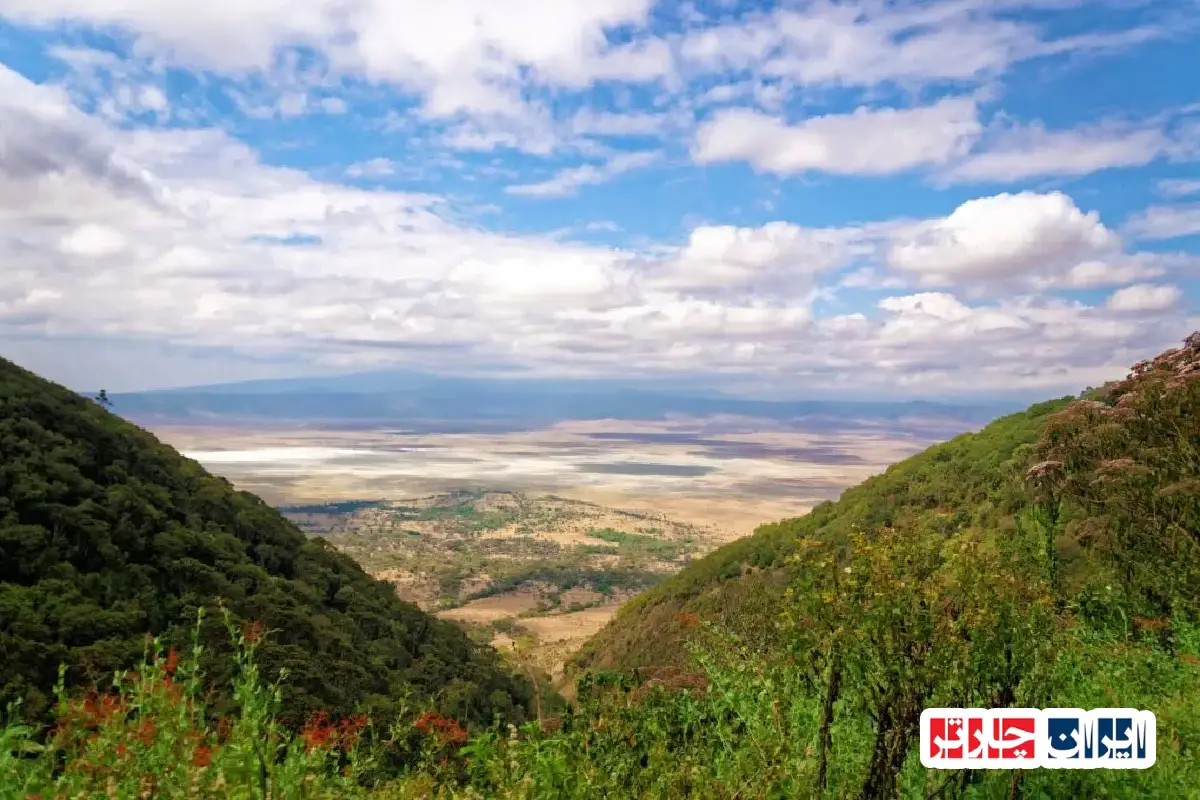
Frequently Asked Questions about Ngorongoro Conservation Area
- What is the historical significance of Ngorongoro Conservation Area?
- Ngorongoro Conservation Area in Tanzania has a rich history dating back millions of years. It was established as a natural sanctuary to preserve biodiversity and cultural heritage. The area is considered a cradle of human evolution, with archaeological sites revealing footprints, tools, and fossils of early humans. Its continuous conservation efforts have earned it recognition as a UNESCO World Heritage Site, highlighting its importance for both natural and cultural history.
- How was the Ngorongoro Crater formed?
- The Ngorongoro Crater is the world’s largest inactive volcanic caldera, formed over two million years ago after a massive volcano collapsed. Its unique geological formation covers more than 260 square kilometers and reaches depths of over 600 meters. The crater’s landscape is shaped by volcanic activity, creating a diverse environment with lush savannahs, woodlands, and lakes that support abundant wildlife.
- What role do the Maasai communities play in conserving Ngorongoro?
- The Maasai people, indigenous to the region, have historically been guardians of the land. Their traditional pastoral lifestyle emphasizes coexistence with nature, which aligns with conservation goals. They actively participate in preservation programs, blending traditional knowledge with modern practices. Their cultural values foster sustainable interaction with the environment, making them vital partners in protecting Ngorongoro’s ecosystems.
- How do local communities contribute to conservation efforts?
- Local communities are engaged through community-based tourism, wildlife monitoring, and sustainable resource management initiatives. These programs provide economic benefits and encourage stewardship of natural resources. Collaborations aim to reduce poaching, habitat destruction, and human-wildlife conflicts, ensuring the long-term preservation of the area’s biodiversity.
- What archaeological discoveries have been made in Ngorongoro?
- Ngorongoro is renowned for its paleoanthropological sites, including the famous Laetoli footprints, which date back over 3.6 million years. Excavations have uncovered tools, fossils, and artifacts that offer insights into early human ancestors and migration patterns. Ongoing research continues to reveal new findings, making Ngorongoro a key site for understanding human evolution.
- What types of wildlife can visitors expect to see?
- The conservation area hosts over 25,000 large mammals, including lions, elephants, rhinoceroses, cheetahs, and buffalo. It is also home to numerous bird species and smaller animals. The diverse habitats support both common and endangered species, making it a prime destination for wildlife viewing and photography.
- What are the main challenges facing Ngorongoro’s ecosystem?
- Challenges include illegal poaching, habitat encroachment, human-wildlife conflicts, and climate change. These threats threaten the delicate ecological balance and the survival of endangered species. Conservation programs focus on anti-poaching measures, habitat restoration, and community engagement to address these issues.
- Why has Ngorongoro been a center for scientific research?
- Over the past 80 years, extensive scientific and archaeological studies have been conducted in Ngorongoro. Research has provided valuable insights into early human evolution, climate history, and ecological dynamics. The area’s rich natural and cultural resources continue to attract scientists, making it a global hub for research and discovery.
- How important are migration corridors in Ngorongoro?
- Ngorongoro is part of the Serengeti-Mara ecosystem, serving as a vital migration route for wildebeest, zebras, and other herbivores. These migrations are essential for maintaining ecological balance, supporting predator-prey relationships, and ensuring the survival of many species. Protecting these corridors from habitat fragmentation is crucial for biodiversity conservation.
- When is the best time to visit Ngorongoro?
- The ideal visiting season is during the dry months from June to October, when wildlife sightings are most abundant. Early mornings and late afternoons are the best times for game drives. Planning your trip during these months increases chances of seeing a wide variety of animals in their natural habitat.
- What activities can tourists enjoy in Ngorongoro?
- Popular activities include game drives, guided safaris, bird watching, and exploring archaeological sites. Visitors can also engage in cultural tours with Maasai communities and participate in eco-tourism initiatives. Staying in eco-friendly lodges or campsites enhances the experience and supports sustainable tourism.
- How does Ngorongoro contribute to global conservation efforts?
- As a UNESCO World Heritage Site, Ngorongoro plays a vital role in global biodiversity preservation. Its protected status helps safeguard endangered species and unique ecosystems. The area also serves as a model for sustainable conservation practices, integrating scientific research, community involvement, and eco-tourism.
- What is the significance of Ngorongoro’s geological features?
- The volcanic caldera and surrounding landscapes offer unique geological formations that are valuable for scientific study. These features help scientists understand volcanic activity, landscape evolution, and ecological succession, making Ngorongoro a natural laboratory for earth sciences.
- How has scientific research impacted conservation strategies in Ngorongoro?
- Research has provided critical data on species behavior, habitat requirements, and ecological changes. This knowledge informs effective management plans, anti-poaching measures, and habitat restoration efforts, ensuring the area’s sustainability for future generations.











